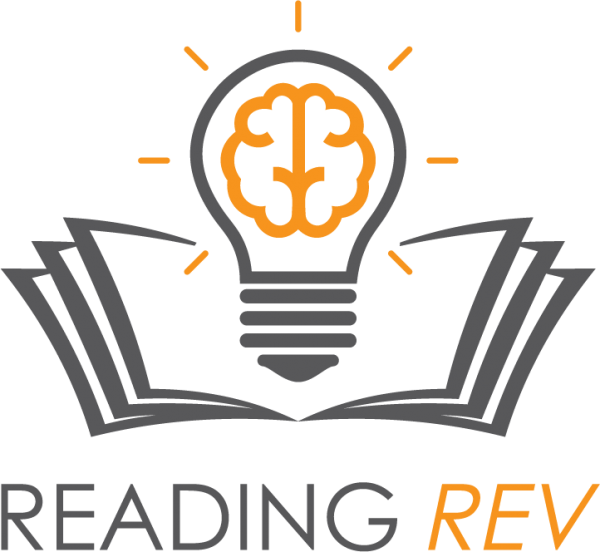Etymology 101: A Better Way To Teach Irregular Words
Watch instead of read with this VLOG. ➡️
Two years ago we published a blog called, Rethinking Heart Words. We learned there was a better way to teach heart/red/irregular words! We no longer wanted students to memorize the letters of these words. Instead, we want them to map the word and recognize the irregular part. You can still check out that blog to read about why this shift was made here.
After two years, Etymology 101: A Better Way To Teach Irregular Words is complete!
It includes:
A FREE Master Scope and Sequence with Etymology Explanations
A Google Doc with 115+ Irregular Words Mapped
Student Anchor Posters and Practice Guides
Student Video Series are in the works. Watch the released videos now! ➡️
1- A Master Red Word Scope & Sequence
The project includes a master scope and sequence that has 112 irregular words. We have aligned them with the Reading Rev Phonics Scope and Sequence so the irregular word can be taught with the phonetic pattern it’s related to! There is a brief explanation of the word origin or etymology behind each word. Additional words that follow that irregularity are included. We’re offering that document to all the teachers for free. It will remain in the Reading Rev Free Resource Library.
(This scope and sequence is designed by pattern and not frequency. It is a great tool for 2nd+ but may not fit the needs of emergent readers learning high frequency “temporary” red words. All of these words are “irregular” but can be explained by etymology or less-known phonetic patterns.
2- Explicit, Direct Instruction
The next step is to teach students the fascinating reasons these words are pronounced and spelled the way they are! Students who love history, people, and stories (often our dyslexic learners) thrive with this method! We created a Google Doc that has each irregular word mapped as well as a visual cue about its origin. Some words also have a fun mnemonic device to help students create a picture or memory cue.
3- Patterns are Powerful
Rather than learning one random word at a time, teach students that English is full of coded patterns that can be unlocked! If you learn about the ‘Scribal O,’ why not learn dozens of words that are spelled with an o when they have a short u sound because of this historical reason?
These student anchor posters and practice guides give students a quick way to make connections!
4- Let’s Keep Learning
We don’t know about you, but we didn’t really know any of this! We’ve been learning right along with our students! However, student engagement and mastery is at whole new level. It’s interesting and so worth it!
Several resources have been added to help understand basic etymology and terms. We are excited for more teachers to try this method and more research to be done! Please share your insight and feedback.
You can find this entire project in Reading Rev’s VIP site, in our RR Shop, and in our TpT store.
This is the perfect complement to the Reading Rev Phonics, Spelling, & Morphology Program!




